How to Solve Word Problems by Adding Three or More Fractions
Life often presents us with situations where we need to juggle multiple fractions at once.

Whether it’s sharing desserts, allocating time, or dividing resources, understanding how to add three or more fractions can be a valuable skill. In this post, we’ll explore real-life word problems that involve adding multiple fractions, guiding you through solutions and insights.
Step-by-step Guide:
1. Deciphering the Problem:
Start by reading the word problem attentively. Identify the fractions involved and note their denominators.
2. Visualizing the Scenario:
Picture the situation described in the problem. This visualization can aid in comprehending the problem and determining the required operation.
3. Finding the Least Common Denominator (LCD):
Determine the smallest number that all the denominators can divide into. This LCD will ensure that the fractions are of comparable sizes.
4. Adjusting the Fractions to the LCD:
Modify each fraction so that they all have the LCD as their denominator.
5. Performing the Addition:
With the fractions now having the same denominator, sum up their numerators to get the final answer.
Example 1:
Anna baked three different types of pies for a party. She ate \(\frac{1}{6}\) of the apple pie, \(\frac{1}{3}\) of the cherry pie, and \(\frac{1}{2}\) of the blueberry pie. How much pie did Anna eat in total?
Solution:
The LCD for 6, 3, and 2 is 6. Adjusting the fractions:
– \(\frac{1}{6}\) remains the same.
– \(\frac{1}{3}\) becomes \(\frac{2}{6}\).
– \(\frac{1}{2}\) becomes \(\frac{3}{6}\).
Summing up, Anna ate \(\frac{1 + 2 + 3}{6} = \frac{6}{6}\), which is equal to 1 whole pie.
The Absolute Best Book for 5th Grade Students
Example 2:
During a school trip, students visited three museums. They spent \(\frac{1}{4}\) of the day at the art museum, \(\frac{1}{8}\) at the history museum, and \(\frac{3}{8}\) at the science museum. How much of the day did they spend visiting museums?
Solution:
The LCD for 4 and 8 is 8. Adjusting the fractions:
– \(\frac{1}{4}\) becomes \(\frac{2}{8}\).
– \(\frac{1}{8}\) and \(\frac{3}{8}\) remain the same.
In total, they spent \(\frac{2 + 1 + 3}{8} = \frac{6}{8}\), which simplifies to \(\frac{3}{4}\) of the day.
Practice Questions:
1. During a picnic, Mike ate \(\frac{1}{5}\) of the chocolate cake, \(\frac{2}{10}\) of the vanilla cake, and \(\frac{1}{2}\) of the strawberry cake. How much cake did Mike eat in total?
2. In a marathon, Lisa ran \(\frac{1}{3}\) of the distance in the morning, \(\frac{1}{6}\) in the afternoon, and \(\frac{1}{2}\) in the evening. What fraction of the marathon did Lisa complete?
3. At a farm, \(\frac{1}{4}\) of the land is used for corn, \(\frac{1}{8}\) for wheat, and \(\frac{3}{8}\) for rice. What fraction of the land is used for crops?
A Perfect Book for Grade 5 Math Word Problems!

Answers:
1. \(\frac{9}{10}\)
2. \(\frac{11}{12}\)
3. \(\frac{3}{4}\)
The Best Math Books for Elementary Students
Related to This Article
More math articles
- A Complete Exploration of Integration by Parts
- How to Find Rotation of Axes and General Form of Conic Sections
- How to Find the Volume and Surface Area of a Triangular Pyramid?
- Top 10 3rd Grade Georgia Milestones Assessment System Math Practice Questions
- FREE 8th Grade MCAS Math Practice Test
- How to Categorize Rational Numbers
- How to Find Arc Length and Sector Area? (+FREE Worksheet!)
- Using Number Lines to Represent Decimals
- How to Overcome Praxis Core Math Anxiety?
- Quotient Quest: How to Estimate Division with Two-Digit Divisors
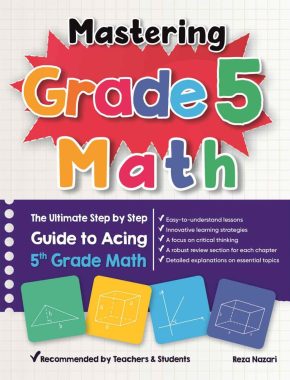

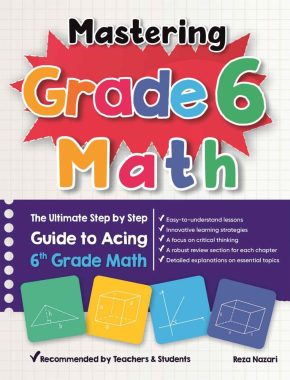
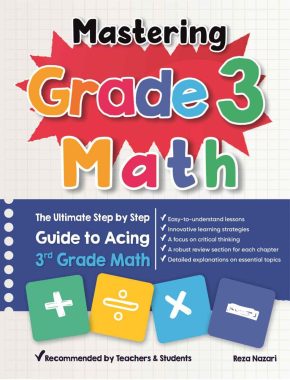
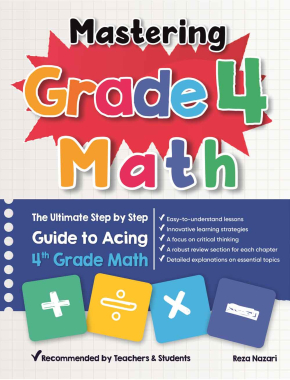


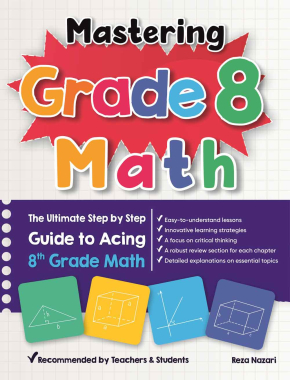













What people say about "How to Solve Word Problems by Adding Three or More Fractions - Effortless Math: We Help Students Learn to LOVE Mathematics"?
No one replied yet.